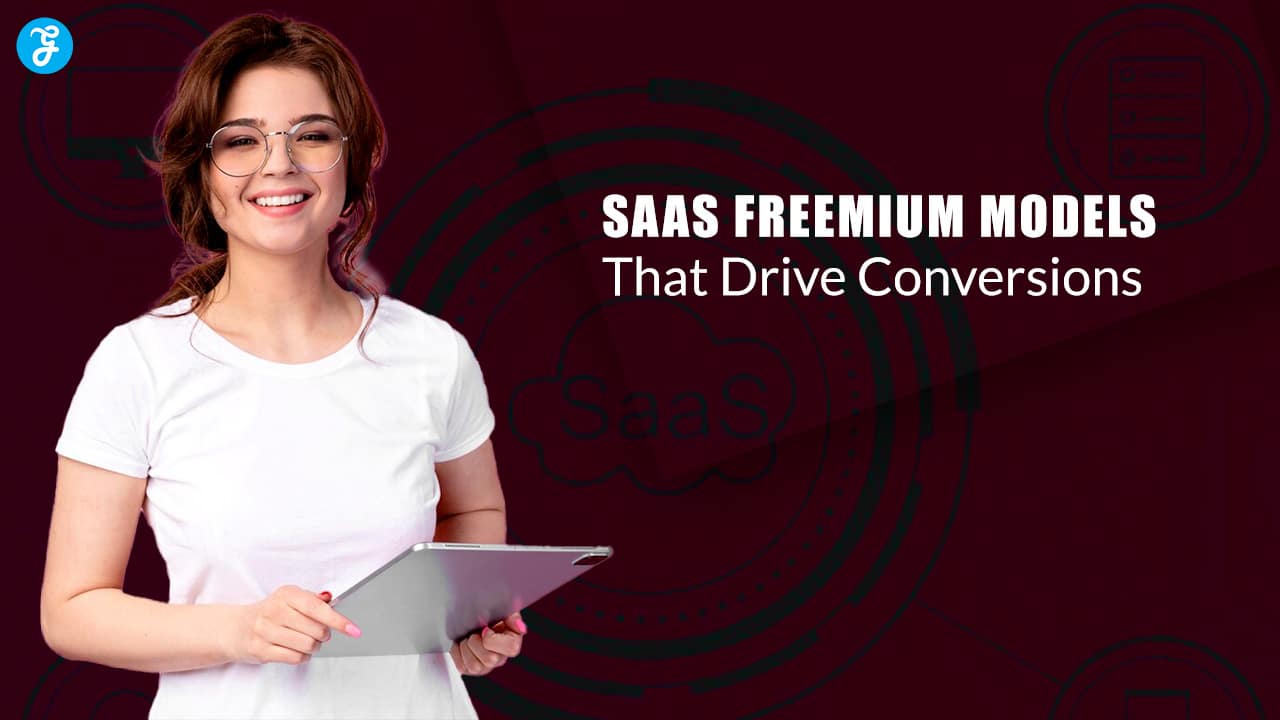Freemium models are one of the most popular go-to-market strategies for SaaS (Software as a Service) companies.
They offer free access to basic features while charging for premium functionality, making it easy for users to adopt the product.
The freemium model can be highly effective in driving conversions and acquiring paying customers, but only if implemented strategically.
Here are 6 effective SaaS freemium models used by successful SaaS companies that have proven to drive conversions by balancing free access with enticing premium features.
1. Limited Features Freemium Model
The limited features freemium model offers users access to the core functionality of a SaaS product for free, but more advanced features are locked behind a paywall.
The idea is to let users experience the value of the basic features while tempting them to upgrade to access premium tools that enhance productivity or offer additional value.
Example:
Trello, a popular project management tool, uses this model effectively.
The free version allows users to create boards, lists, and cards, which is enough for small teams.
However, premium users get access to advanced features like larger file attachments, more integrations, and automation tools (Butler).
How It Drives Conversions:
- FOMO (Fear of Missing Out):
Once users are invested in the free version and find it helpful, they are more likely to upgrade for the premium features that can further streamline their workflow.
- Natural progression:
As businesses grow, so do their needs. The free version of the product will eventually feel limited, pushing users toward a paid plan to unlock more capabilities.
2. Usage-Based Freemium Model
In the usage-based freemium model, the SaaS platform offers free access but limits the number of actions or the amount of data users can process before they need to upgrade.
This type of freemium model is ideal for software that depends on data, storage, or number of users.
Example:
Dropbox offers 2 GB of storage for free, and users must upgrade to a paid plan if they need more storage.
While 2 GB is enough for light personal use, users quickly hit the limit as they store more files and collaborate with others.
How It Drives Conversions:
- Scalability needs:
As users accumulate more data or increase usage, the free version becomes insufficient, leading to upgrades.
- Predictable growth:
SaaS companies can anticipate user growth, knowing that heavy users will need to convert to paid plans as their usage grows over time.
3. Feature Time-Limited Freemium Model
The time-limited freemium model provides free access to premium features for a specific period (e.g., 7, 14, or 30 days).
After the trial period ends, users can either downgrade to the free plan with limited features or upgrade to retain full access to premium functionality.
Example:
Canva offers a 30-day free trial of Canva Pro, which provides access to premium features like additional templates, brand kits, and advanced design tools.
After the trial, users can choose to downgrade to the free version or subscribe to Canva Pro.
How It Drives Conversions:
- High engagement during trial:
By offering full access to premium features for a limited time, users experience the value of the software firsthand.
This helps them realize the benefits of premium features, making them more likely to convert.
- Sense of urgency:
The trial period creates a sense of urgency, encouraging users to make a decision before losing access to valuable features.
4. Free Forever With Paid Add-Ons Model
In this model, the core product is free forever, but users have the option to purchase additional features, modules, or integrations as needed.
This model allows users to continue using the free version indefinitely while offering paid options for those who need more advanced functionality.
Example:
Slack provides a free version with messaging and collaboration features, but users can pay for add-ons like increased message history, more integrations, and advanced administrative tools.
Free users can still use the core product but may find it beneficial to pay for specific upgrades as their team or business scales.
How It Drives Conversions:
- Flexibility:
Users who don’t need all the premium features might only pay for the specific add-ons that are relevant to their use case, making it easier for them to convert incrementally.
- Low barrier to entry:
The “free forever” model encourages long-term engagement, giving users more time to realize the value of the product, which can lead to eventual conversions for add-ons or higher-tier plans.
5. Collaborative Freemium Model
The collaborative freemium model allows individuals or small teams to use the software for free, but larger teams or companies must pay to access the full collaboration and administrative features.
This is common in SaaS products aimed at teams or organizations that rely on collaboration, workflow management, or communication.
Example:
Zoom allows unlimited one-on-one meetings in the free version but limits group meetings to 40 minutes.
Users who want longer meetings or larger team collaborations need to upgrade to a paid plan.
How It Drives Conversions:
- Team growth:
As businesses expand, so do their teams.
The need for more collaborative tools pushes users to upgrade to paid plans to facilitate teamwork and remove usage restrictions.
- Collaboration at scale:
The free version is perfect for small teams or startups, but as teams grow and require more advanced collaboration tools, the paid plans become a necessity.
6. Freemium with Ads Model
This model allows users to access the full version of the software for free, but they must endure advertisements.
Users can remove ads and gain additional benefits by upgrading to a premium plan.
This model is commonly seen in consumer-facing SaaS products, particularly in entertainment or content-driven platforms.
Example:
Spotify uses the freemium with ads model, offering free access to its entire music library but inserting ads between tracks.
Premium users can enjoy an ad-free experience along with additional features like offline listening and higher sound quality.
How It Drives Conversions:
- Ad fatigue:
Users who value an uninterrupted experience are more likely to upgrade to avoid ads, especially if they use the product frequently.
- Enhanced experience:
By offering additional benefits like offline access or better quality, the paid plan becomes more appealing, driving conversions among heavy users.
Conclusion
The freemium model is a proven strategy for SaaS companies to attract new users, build engagement, and ultimately drive conversions.
However, success lies in finding the right balance between offering enough value in the free tier to attract users while ensuring that the premium version offers significant advantages that compel users to upgrade.
Each of these six freemium models offers unique ways to convert free users into paying customers, whether through usage limits, feature access, or offering premium upgrades that enhance the user experience.
By carefully selecting the right freemium model and understanding your user base, SaaS companies can maximize conversions while providing a valuable product.












































